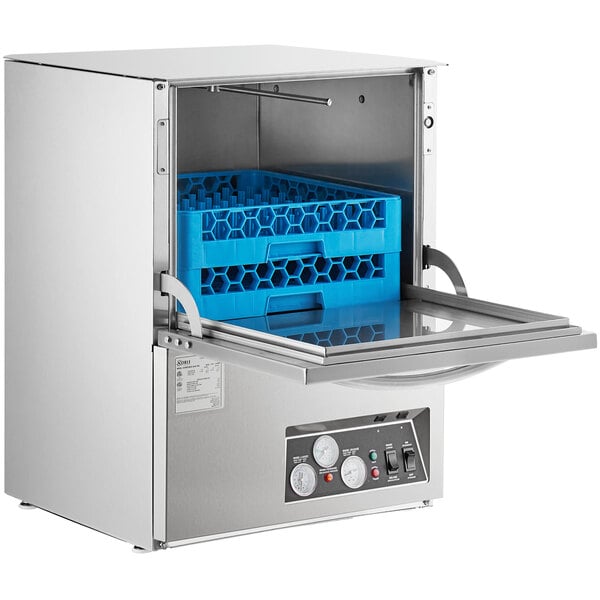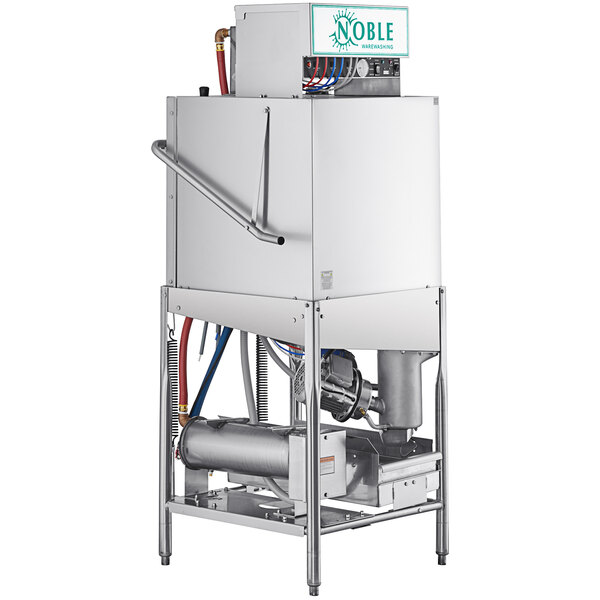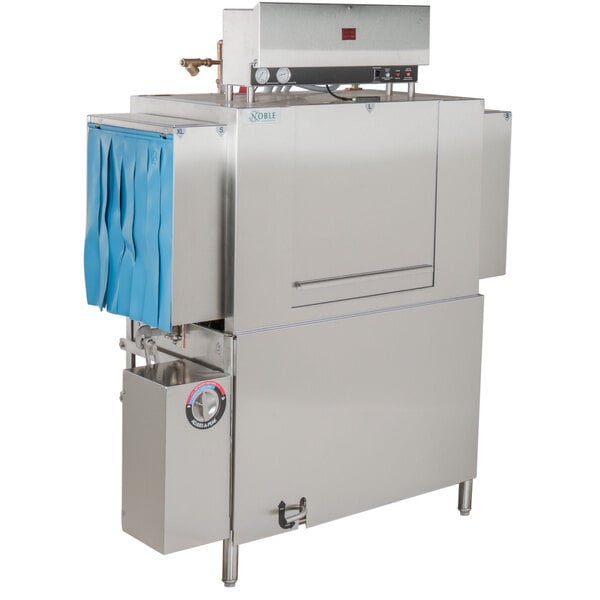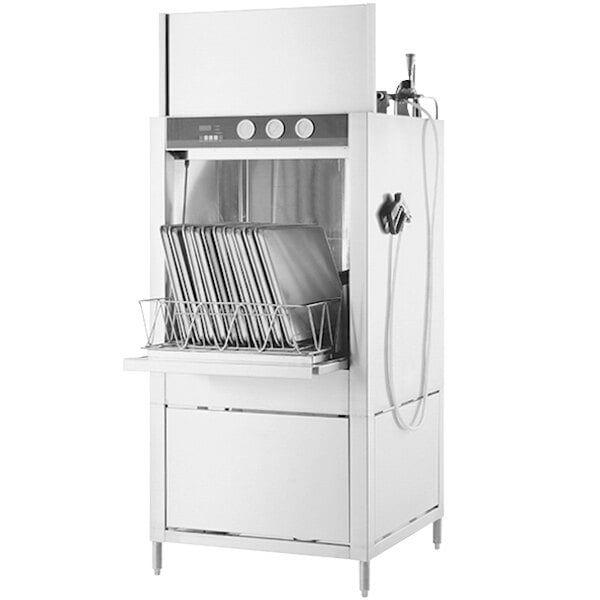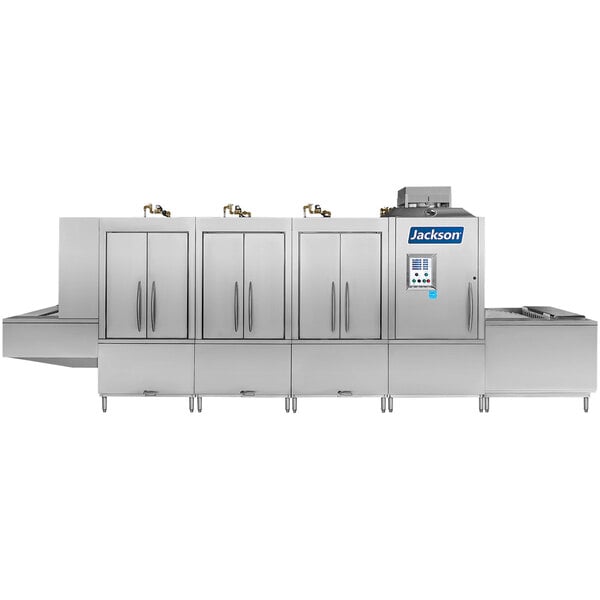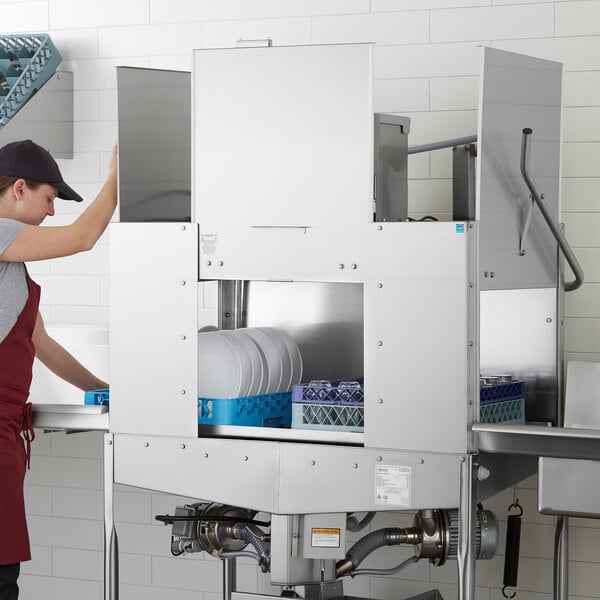For every 100 meals you serve, you generate approximately 35 racks of dirty dishes. Choosing the right type of glass racks keeps your glassware safe in the dishwasher and maximizes the dishwasher's productivity. Use our glass rack selection tool to find the proper solution for your operation. However, consider the following factors when determining the commercial dishwasher size to lease of buy for your business.
Business Growth
Add approximately 10% to 20% of extra capacity to account for business growth during the dishwasher's lifespan. Commercial dish machines have a 5- to 10-year lifespan with proper maintenance, and your business will grow significantly during that period. Factoring in this growth when purchasing a dishwasher will save you from buying a new one in the future.
Peak Hours
Make sure that your dish machine can handle even the biggest rush. Getting backed up during peak hours causes stress and more potential for mistakes, so take the time to choose the best machine to handle your busiest days.
Kitchen Dishes
Account for any dishes from the kitchen when choosing a commercial dishwasher size, not just from the dining room. Forgetting about the pots and pans can ruin your dishwashing timetable. Your dish machine must handle all your guests' dishes and the dirty pots and pans your employees generate.
Space Available
Space is at a premium in many foodservice operations, so consider the space available in your kitchen to commit to your dishwashing station before purchasing a dishwasher. Undercounter commercial dishwasher dimensions are compact enough for most operations, but larger dish machines require more physical space. If you don't have enough room for a dishwasher with the capacity you need to maintain a good turnover, consider expanding your kitchen.
Type of Restaurant
The number of dishes each guest uses and the turnover rate for a table in a day varies in casual dining establishments versus fine dining restaurants. If your restaurant is a fine dining establishment, the table turnover will be lower, but the number of dishes per guest will be higher. In contrast, quick-serve restaurants have more table turns per day but use fewer dishes per guest.



